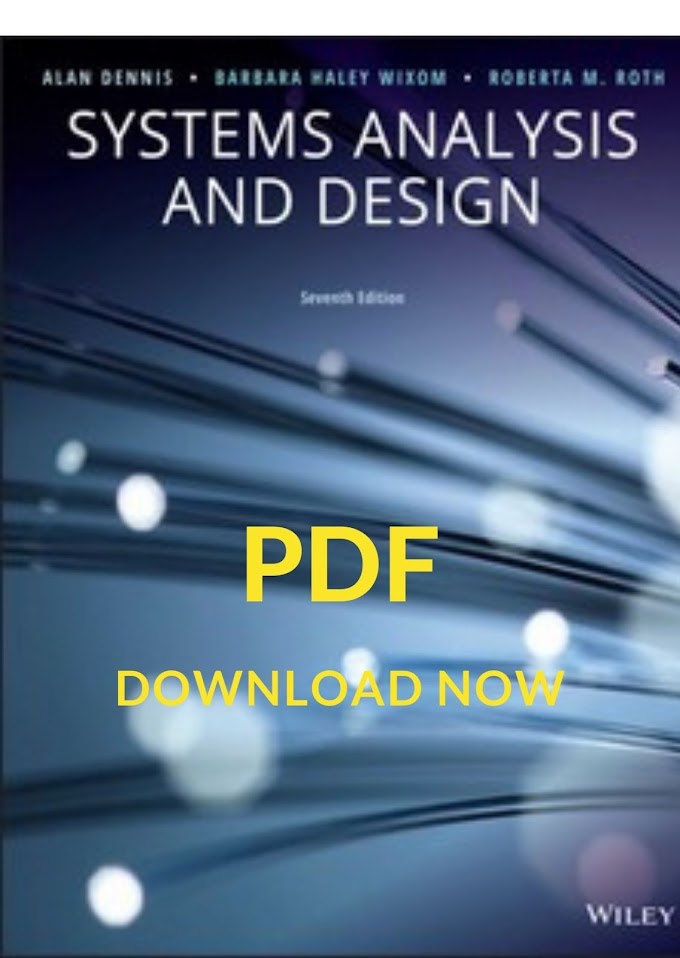Class Load: 4 His. / Week (Theory: 3 His, Tutorial: 1 Hr.)
Unit 1 System Development Fundamentals
a. The Systems Development Environment Introduction. Modem Approach of System Analysis and Design, Information System and its Type, Developing Information Systems and the Systems Development Life Cycle. the Heart of the Systems Development Process, The Traditional Waterfall SDLC, Approaches for Improving Development, CASE Tools, Rapid Application Development, Service-Oriented Architecture, Agile Methodologies, extreme Programming, Object- Oriented Analysis and Design
b. The Origins of Software Introduction, System Acquisition. Reuse
c. Managing the Information Systems Project Introduction. Managing Information Systems Project, Representing and Scheduling Projects Plans. using projects Management Software
Unit 2 Planning
a.System Development Projects: Identification and Selection
introduction, Identifying and Selecting Systems Development Projects.
Corporate and Information Systems Planning
b. System Development Projects: Initiation and Planning
Introduction, Initiating and Planning Systems Development Projects,
Process of Initiating. and Planning IS Development Projects. Assessing
Project Feasibility. Building and Reviewing the Baseline Project Plan
Unit 3 Analysis
a. System Requirements Introduction. Performing Requirement for
Determination, Traditional Methods for Determining Requirements;
Contemporary. Methods for Determining System Requirements. Radical
Methods for Determining System,Requirements Management Tools.
Requirements Determination Using Agile Methodologies
b. System Process Requirements Introduction. Process Modeling.
Data Floss Diagramming Mechanics. Using Data Flow Diagramming in the
Analysis Process. Modeling Logic with Decision Tables
c. System Data Requirements Introduction. Conceptual Data
Modeling, Gathering Information for Conceptual Data Modeling,
Introduction to E-R Modeling, Conceptual Data Modeling and the E-R
Model. Representing Super-types and Sub-types, Business Rules, Role of
Packaged Conceptual Data Models — Database Patterns
Unit 4 Design
a.Designing Databases Introduction. Database Design, Relational
Database Model. Normalization. Transforming E-R Diagrams into Relations.
Merging Relations, Physical File and Database Design. Designing Fields.
Designing Physical Tables
b. Designing Forms and Reports Introduction. Designing Forms and Reports, Formatting Forms and Reports. Assessing Usability
c. Designing Interfaces and Dialogues Introduction. Designing
Interfaces and Dialogues, Interaction Methods and Devices. Designing
Interfaces and Dialogues in Graphical Environments
Unit 5 Implementation and Maintenance
a.System Implementation Introduction. System Implementation.
Software Application Testing, Installation, Documenting the System.
Training and Supporting Users. Organizational Issues in Systems
Implementation
b. System Maintenance Introduction. Maintaining Information Systems, Conducting Systems Maintenance








0 Comments